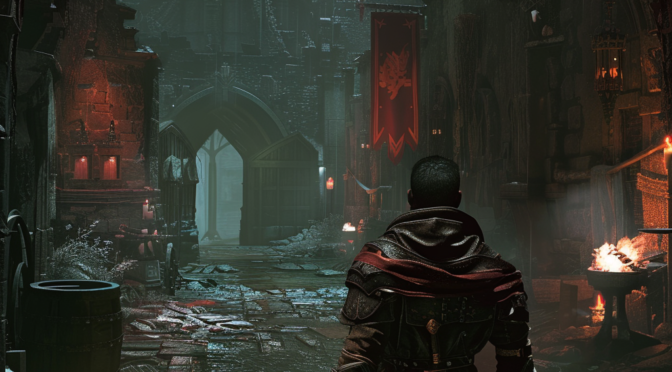There are three pillars of gaming in a FreeD6 game: skirmish, social interaction, and problem-solving. Role-playing means approaching each of these pillars using the attitude and abilities of a created character. The results of the game create the emergent narrative which feeds memorable role-playing. The three pillars are the ways in which characters interact with the setting of the game.
Category Archives: Game Mechanisms
Action Point Economy
Each player begins the game session with a single action point. Action points are spent during the game to reroll the dice, add dice to a roll, influence the narrative of the game, or temporarily alter the rules of the game. Additional action points are earned during the game for accepting complications based on the hooks in a character’s description or at the Game Master’s discretion for exceptional role-playing that entertains the table in a memorable way.
Abilities and Hooks
Every element in the game is first described by its narrative before any abilities or die codes are ever assigned. The narrative description either directly or indirectly references abilities and hooks. The narrative description , or portions of the description, are summarized in a short phrase referred to as the concept.
Rolling the Dice
Whenever FreeD6 calls for an ability check, it’s calling for a dice roll. Sometimes FreeD6 calls for a skill check when referring to a specific skill or specialization. All skill checks are also ability checks; all skills are also abilities. Any time the dice are rolled, it is referred to as an ability check, no matter the circumstance.
Taking Action
Players make decisions and take actions in the game. When a player makes a decision, he describes his decision and the Game Master narrates the results. If there is no element of uncertainty, if the dice do not need to be rolled, or if the decision is not dramatically important, the Game Master simply adjudicates the results of the decision and the game moves on.
Boost and Penalty Dice
Some abilities, powers, or effects add boost dice or penalty dice to an ability check. This is written as “Boost-“, “B”, or “Penalty-“, “P”, followed by the number of dice. For example, Boost-1 (B1) adds a single boost die, and Penalty-2 (P2) adds a two penalty dice.
Abilities and Skills
Characters are described as having abilities; the specific abilities a character possesses are determined by the character’s narrative background. Abilities are ranked by a die code and further described by one or more skills and specializations which enhance the die code. Abilities are either normal or extranormal. Abilities describe broadly defined actions which they allow the character to perform. Rolling the dice to test an ability or skill against a difficulty is called an ability check (when not testing a specific skill, or when using a default value) or a skill check (when testing a skill or specialization). The term “ability check” is a blanket term for rolling the dice to test against a difficulty number and applies to both abilities and skills.
Narrative Structure
FreeD6 uses ordinary language to describe the conflicts and events of an adventure narrative. The conflict structure uses die codes (ranks) and difficulty numbers to turn narrative actions into a game. The action point economy allows players to influence the dice or to introduce elements to the narrative. The die codes, difficulty numbers, and result points help the players and Game Master determine how strong, fast, or effective something is within the context of the game.
Luck Points
Luck is an extranormal ability. A character must be a Dynamic character to have the Luck ability. Luck is a ranked ability; for every rank of Luck, the character begins a play session with one luck point, regardless of the number of luck points the character ended the previous session with. Normal: a Stock character does not have the luck ability.
Wild Die
The Wild Die is an extranormal ability. A character must be a Dynamic character in order to have the Wild Die ability. All player characters are automatically Dynamic. Normal: a Stock character does not have the Wild Die ability.









